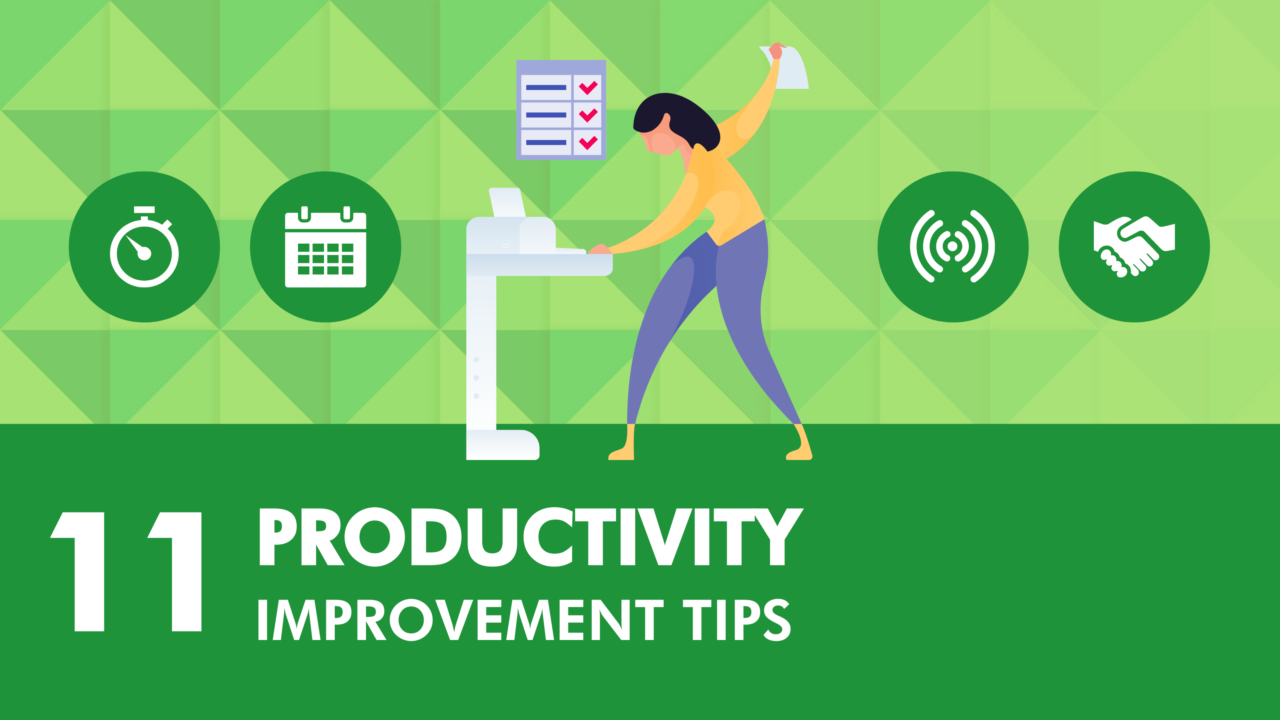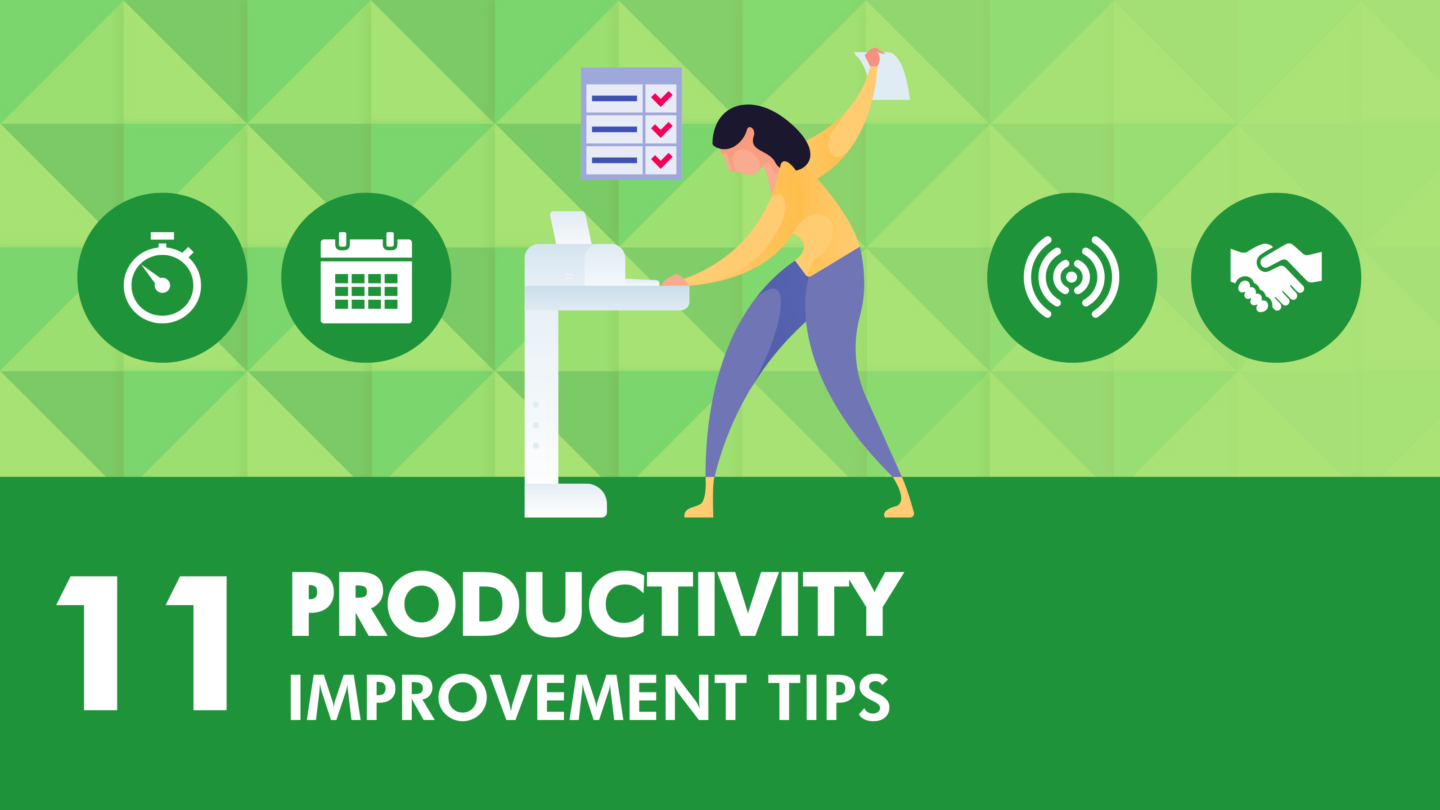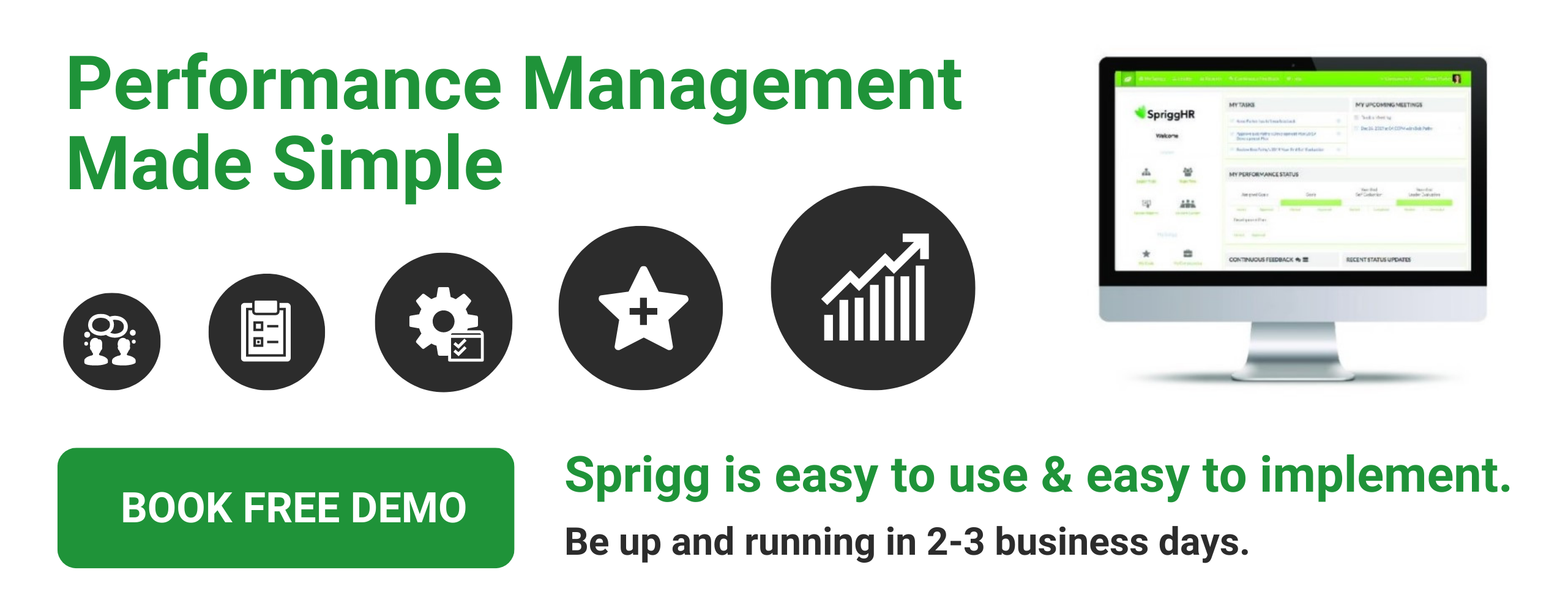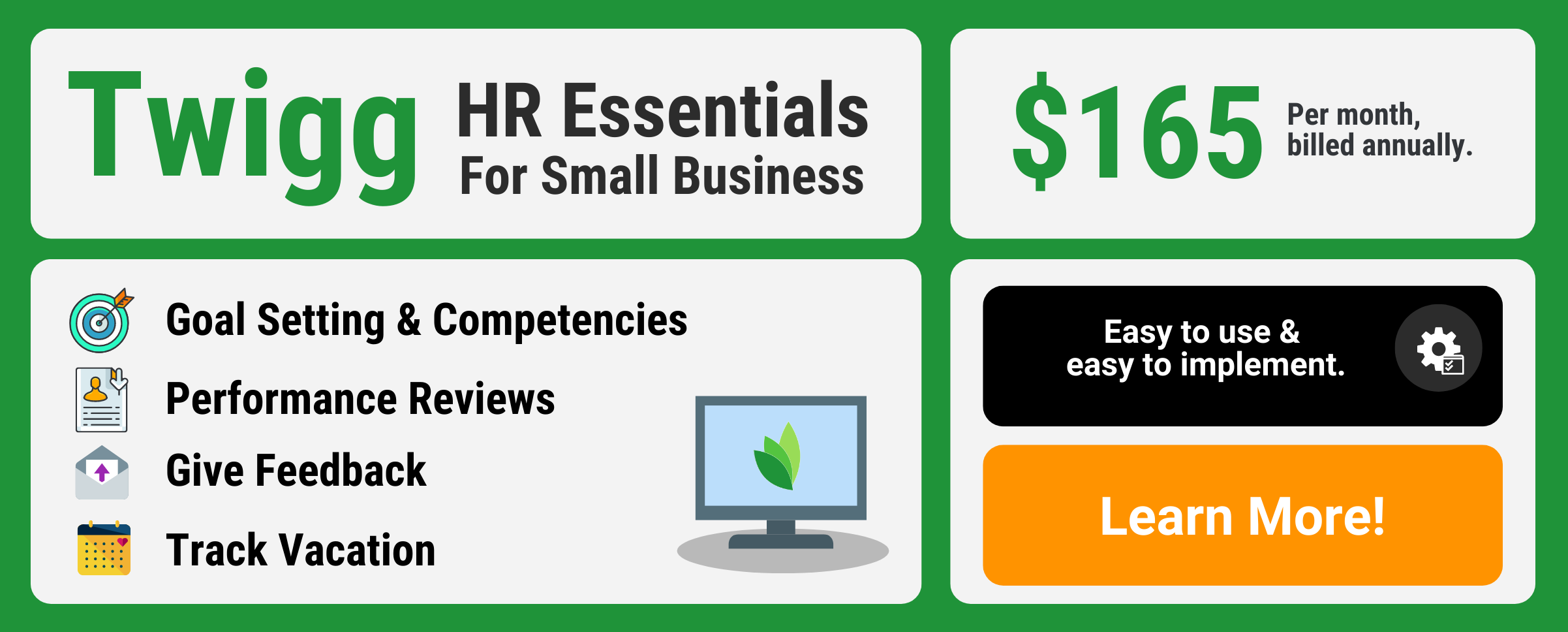
11 Productivity Improvement Tips
It goes without saying that a productive team makes for a successful company. However, in times such as these, some companies may be encountering a widespread decrease in employee morale, and as a result, productivity levels are suffering as well. As a response to this, productivity improvement is a business strategy rapidly increasing in popularity.
Continuous Productivity Improvement
Productivity improvement is defined as the process of achieving more output from an hour of work. There are several forms of productivity improvement, including but not limited to:
- Capital: investment in facilities, software, infrastructure, machines, etc.
- Strategy and Business Model: developing a business strategy and model that are more likely to yield successful results.
- Tools: apps, workflow models, other resources, etc. available to employees for the successful and timely completion of tasks.
- Automation: systems and machines that automate work to boost productivity.
- Process Improvement: discovering and reducing wasted efforts in repeated business processes.
- Time Management: the personal process of identifying and reducing sources of wasted work time.
- Outsourcing: recruiting and paying individuals to do work that are outside of your current talent.
- Performance Management: the management process of setting goals for employees, monitoring progress, and evaluating results.
- Organizational Culture: developing norms, habits, expectations, standards for behaviors, and shared values as a group that are conducive to productivity.
There are also several general guidelines that leaders and employees alike can follow in order to maintain productivity improvement and maximize their success.
11 Productivity Improvement Tips
1. Quality Over Quantity
Oftentimes employees misunderstand how their employers define “efficiency”. It is not, in fact, necessarily completing as many tasks as possible in a given timeframe. Instead, the work being completed should offer value to the clients receiving it. Completing two projects that conform to the specifications of the client is far more preferred than pushing out five projects that don’t reflect the client’s needs and specs. You can greatly affect your productivity improvement by realizing that quality should never be compromised for quantity. Otherwise, the inevitable and more costly and unfavorable task of rework begins.
2. Don’t Over Extend Your Resources
Burnout is a very real possibility for employees who are not balancing their work/home life properly, also for those who are working too long without breaks. This can also apply to other resources being over-utilized such as technology, meeting rooms, etc.
3. Group Similar Tasks
If a worker or team has several tasks to complete, and some of them are similar, working on those tasks first will lead to productivity improvement. When an employee has to switch tasks to something that is completely different from the first, there is time lost as their brain adapts to the new actions they’ll need to take. For example, shifting from sending emails to making social media posts would be a lot easier than shifting from sending emails to preparing a technical presentation.
4. Budget the Time Spent on Tasks
Especially for employees managing several projects at once, or leaders faced with continuously arising challenges they need to navigate, it is very easy to lose track of time when you’re engaged in a single task. A good productivity improvement tip in managing your time is to set an alarm to remind you that you may be spending too much time on something, which will ideally prompt you to set attention to the other tasks.
5. Take Breaks
Although it seems contrary to being productive, taking regular breaks at work can actually help you get more work done. Some studies show that working in 90-minute intervals is ideal for peak productivity. This is because it’s hard for humans to focus fully after this amount of time. Take short breaks, and try to vary what you do during them – meaning, don’t take a break from writing an article and then just scroll through your social media all the time. Try to fit some exercise into your breaks so you don’t become sedentary – even if this is just a quick walk around the office (or yard), it helps. Make sure you’re eating as healthily as you can as well. With appropriate breaks, you’ll notice a huge spike in productivity improvement.
6. Set Deadlines for Yourself
While this may seem similar to managing time spent on a project, it’s actually another way to improve your productivity. For many people, having a deadline to complete something makes them much more likely to work on it – if something needs to be finished “by next week” or something similar, the lack of urgency may see it relegated toward the bottom of your to-do list. Even if something has a flexible due-date, set deadlines for yourself and you’ll see your productivity go way up.
7. Complete Short Tasks Right Away
If you come across a task that can be completed quickly and easily, do it right then and there. It saves the trouble of adding it to your to-do list. If you quickly – but efficiently – complete all short tasks that surface as you see them, you’ll have a lot less to do at the end of your day and create a greater sense of accomplishment. When you are confronted with a lengthy list of tasks, removing anything, even the smallest item, can be very gratifying as you reduce the list.
8. Re-work Your Meetings
Many people dislike going to meetings. Today, when so many meetings have shifted to virtual sessions, employees are seeing themselves less and less engaged with the content of the meetings themselves. If you want to see productivity improvement in your workplace, seriously consider whether a task requires a meeting at all. Can it be achieved through emails, phone calls, or another means of remote communication? If so, do it that way. If a task absolutely requires several people to meet to discuss it, try eschewing the cliché meeting format in favor of something more varied and engaging.
9. Don’t Try to Multitask If You Aren’t Efficient At It
While multitasking can be beneficial, if you aren’t efficient at it, it can actually be detrimental to productivity. When you are not adept at it, trying to focus on two or more tasks can lead to diminished quality in all of them, which you obviously want to avoid. Unless you’re skilled at multitasking, stick to one task at a time.
10. Minimize Interruptions
While this is very dependent on your workspace, try to minimize the distractions. When so many workers today are displaced and working from home, distractions are an ever-growing obstacle. With demands from family, to greater access to personal devices, many team members are likely feeling the effects of distractions now more than ever.
A good way to do try and minimize interruptions throughout the work day to turn off notifications for certain things – for example, email. Set aside specific times to respond to emails, and otherwise don’t let them dictate how you allot your time (unless you’re waiting for important emails, of course). Turn your phone on silent if you’re able to, shut your office or workspace door if you have one, even announce to those you live with that you are “going to work now” and that a quiet environment is required.
11. Continuously Try to Improve
Productivity improvement is one of the business strategies that never actually stops. No employee or leader reaches a certain point or standard of productivity, and all of a sudden is at their peak and cannot improve any more. Productivity improvement practices can always be implemented and improved upon, and they should remain at the forefront of any worker’s professional mindset.






